This week for Picture Book Idea Month I am continuing to brainstorm possible ideas for homemade big books for baby storytimes. Last week I came up with a few plans for Mother Goose rhymes, and this week I’ve been thinking of circular or sequence stories.
Books with highly predictable plots are excellent for baby storytime, since very young listeners don’t bring as much background knowledge to their book experiences as older children. Books with repetitive elements help them make sense of the story as they listen and look at the pictures.
A few titles that I love to use in baby storytime are I Can Help, by David Hyde Costello, Rosie’s Walk by Pat Hutchins, and Lenny in the Garden, by Ken Wilson-Max. The first two have a circular structure. The duck in I Can Help assists another animal, who in turn helps a third animal, and so on, until finally the duck herself needs help. Rosie the Hen, of course, walks from her coop all around the farm and back again to the coop for dinner.
Lenny in the Garden is more of a list than a circle plot: With his mom and his dog outside with him in the garden, Lenny looks at and names a whole series of insects.
Over and Under
Thinking about Rosie’s Walk and Little White Fish by Guido Van Genechten (with its bright colors and simple shapes) makes me want to do a book with a little fish who swims over, under, around, and through undersea objects on her way somewhere. Or maybe a little line of fish who play follow-the-leader!
Lost and Found
I discovered Those Messy Hempels by Brigitte Luciani just a couple of years ago and love reading it in preschool storytimes. The Hempels want to make a cake, but can’t find their whisk. They do however, find a pillow, which takes them to the bedroom, where they find something else out of place. After tidying up the entire house, they at last find their whisk and come back triumphantly to the kitchen.
I think a similar story that highlights places and objects babies know very well would be fun. We could find a diaper in the toy box, and a blanket in the diaper bag…and of course, end with a book to take back to the library!
Step by Step
I looked at my storytime theme list to spark ideas, and saw my Hugs and Kisses storytime that I usually pull out around Valentine’s Day. Good books for the holidays are always in short supply! I was just looking again at Perfect Square, by Michael Hall, and am currently working on flannel pieces for The Very Hungry Caterpillar. The mash-up that resulted was for a sequence about making a valentine! The bonus with this idea is the possibility of using different materials in my illustrations, along with cut paper…we’ll see.
More! More! More!
I am loving this brainstorming process. I never would have looked at the structure of the books I use in baby storytime so systematically if it weren’t for PiBoIdMo! I know there are more circular & predictable ideas that will come to me as I think about themes and topics for storytime.

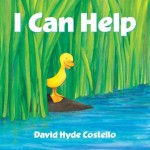
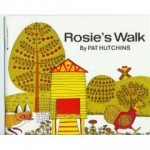
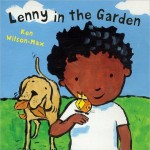

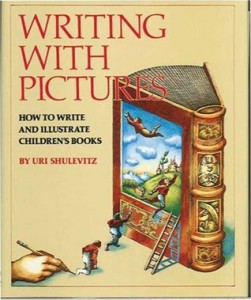

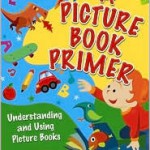
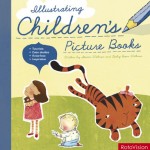

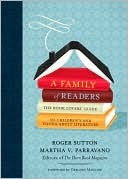
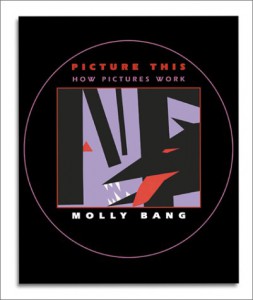
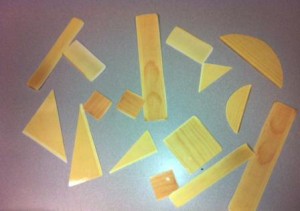
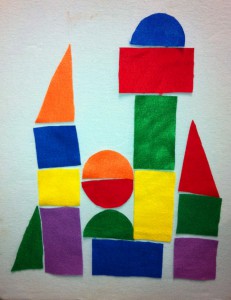
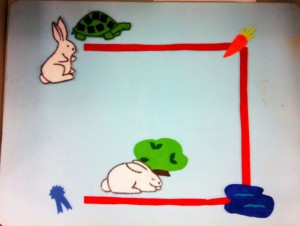

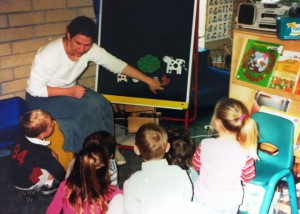
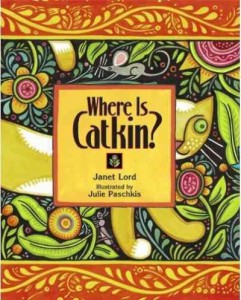

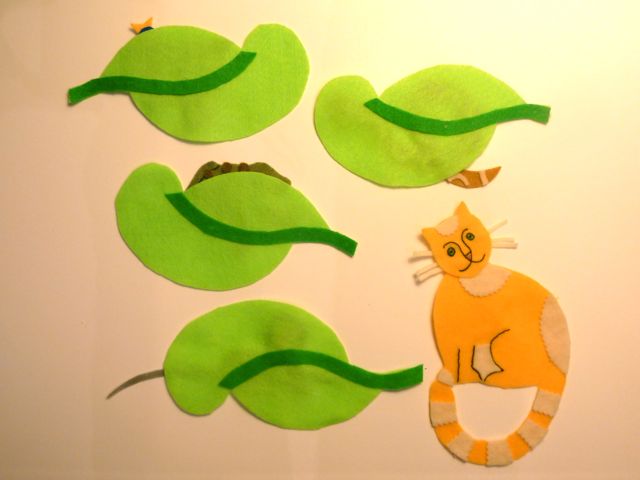
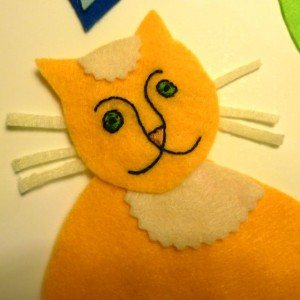

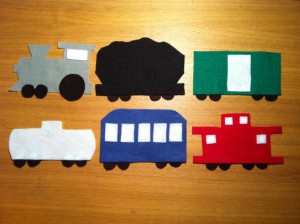
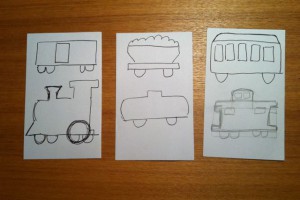
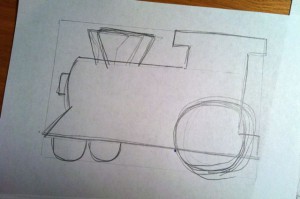


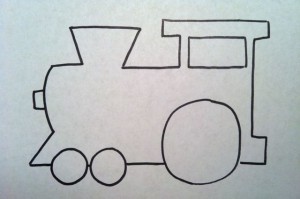
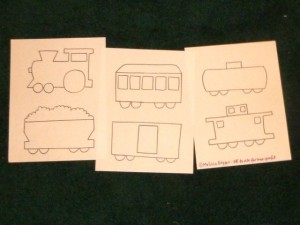
.jpg)
